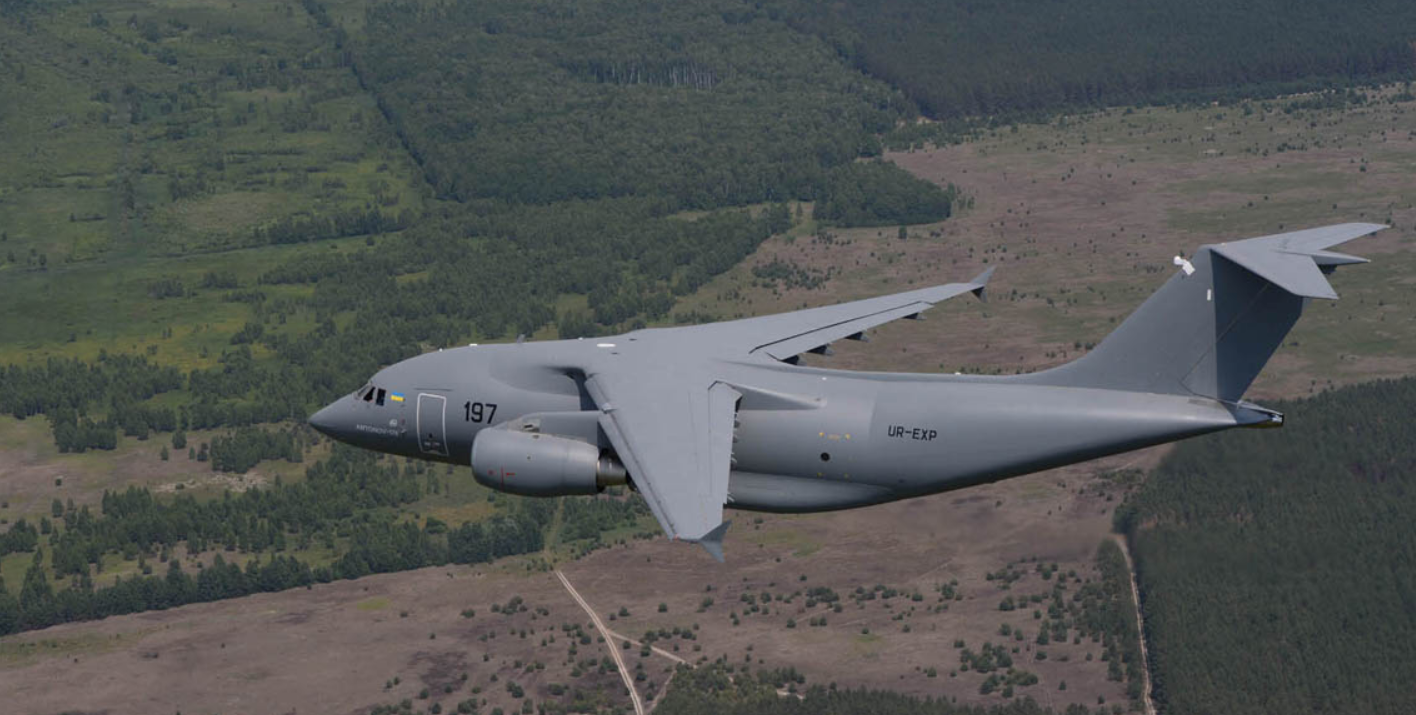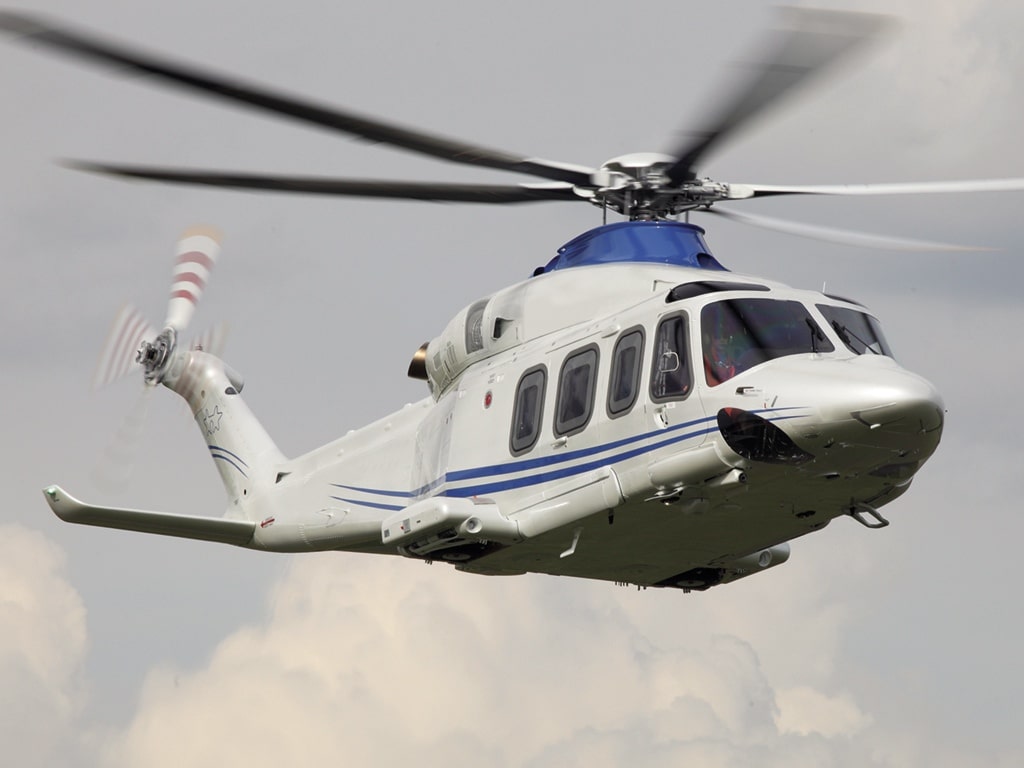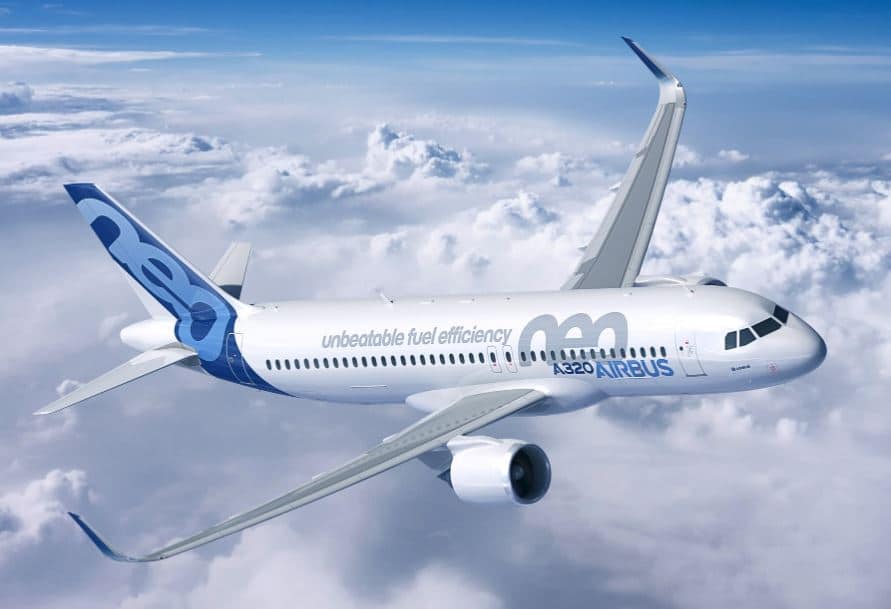3033Views 3Comments

Ukraine will develop new turbofan engine for fighters
In April, Petro Poroshenko, the President of Ukraine, announced that the Ukrainian defence-aviation industry would develop a new turbofan engine for use on Ukraine’s serving fighter aircraft – the MiG-29 and Su-27. Ukrainian media outlets have also speculated that the country’s turbofan program could lead into the develop of an indigenous multi-role fighter.
Ivchenko-Progress is Ukraine’s sole developer and manufacturer of turbofan engines. The company built its expertise by providing powerplant solutions for a range of aircraft types including small jet trainers as well as civil airliners. One of its more recent programs is the AI-222, which powers the Hongdu L-15 lead-in fighter trainer (and at one point the Yakovlev Yak-130).
The AI-222 is a low-powered engine. With an after-burn power-rating of 42kN, it is not something one would use to power even a lightweight fighter such as the KAI FA-50, much less medium-weight platforms. It should go without saying, seeing Ivchenko-Progress develop an engine comparable to the Klimov RD-33MK or General Electric F404 would be significant.
Comment & Analysis
Analysts are generally skeptical of Ukraine’s current ability to develop a new turbofan engine (much less an indigenous multi-role fighter aircraft). While some have correctly commented on the disconnect sitting between Ukraine’s research and development expertise and its objectives, that in of itself is not the most concerning problem. With the exception of a handful of key players, no country can claim to have absolute expertise in all areas of technological development.
What matters is one’s ability to actually acquire that expertise, and while Ukraine is lacking in certain areas, no one can deny that it has the talent and infrastructure to achieve new milestones provided its industry receives ample and sustained funding. This is Ukraine’s main problem.
Since butting heads with Russia, Ukraine has been on the end of significant geo-political pressure, which have mitigated its ability to readily support its key industry programs and to flexibly compete on the global defence market. With Ukraine’s traditional client base made up of cost-sensitive and risk-averse countries, it should be evident that Kiev would have difficulty tapping into that base if itself is viewed as a precarious vendor. Just consider how Thailand walked away from its Oplot-M main battle tank order.
It is evident that Ukraine’s geo-political problems have had a more than noticeable impact on its leading exports. Antonov was a high-profile casualty. Despite coming up with a fairly promising light/medium lift aircraft in the form of the An-178, the company was unable to secure firm overseas orders. Granted, it was able to get a commitment from Saudi Arabia, but not a single buyer put its money forward. In 2015, Antonov was put under the direct stewardship of the Ukrainian government.
However unlikely, there is a route – though unlikely – Ukraine could take to bring this engine to life. It would be a very risky proposition, but Turkey could consider investing in the turbofan. Turkey and Ukraine are already looking to cooperate in the development of military satellites, so the idea of deepening their aerospace cooperation is not to be unexpected. Turkey has a next-generation fighter program in the pipeline, but it does not need to tie the Ukrainian engine with the fighter, at least not immediately.
For Turkey, there is genuine value in beginning to acquire the competency to produce its own fighter-grade turbofan engines. The best way to look at it is to see it from the perspective of just building up the capacity, not necessarily seeking to meet the needs of the TFX. In other words, this would be a very long-term play, and it may not even amount to a tangible product until 2030 or later. Seeing how Turkey has consciously been seeking to indigenize as much as possible in terms of sourcing its defence needs, Ankara would certainly be Kiev’s best bet. But make no mistake, it will be a very, very long shot.



3 Comments
by Zahil Hamid
pakistan should give up on JF & concentrate on fc 31 if it want to survive future warfare ,jf would be turkey shoot for tejas, mig 29, mirage 2000,su 30 etc…
by little children
rightly pointed out..
by wheeleuss
Dear Quwa,
first of all, the “new” (actually an improved AI222) engine in not inteded for MIg29 or SU27.
It is for an envisioned twin engine Ukranian Light combat aircraft.
The improved IA222 should be in the 50kn class fo a total thrust of 100KN… more than sufficient!
The real challenge will be the development of the airframe in iteself, much more than the engine